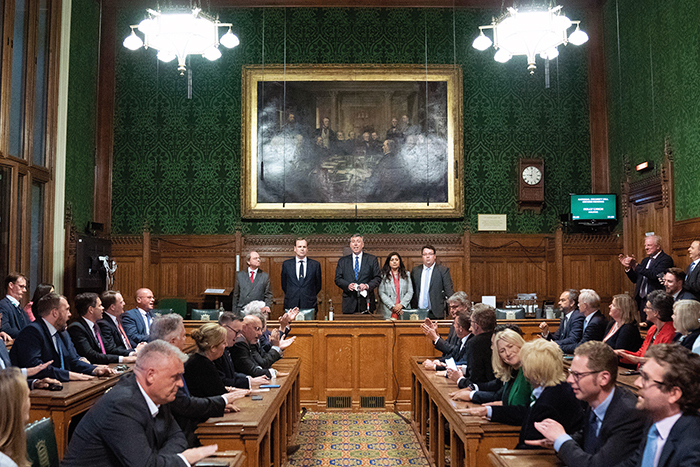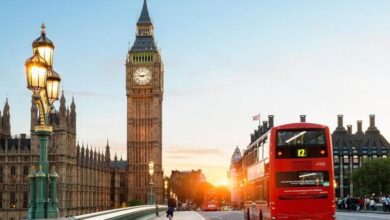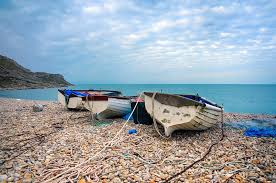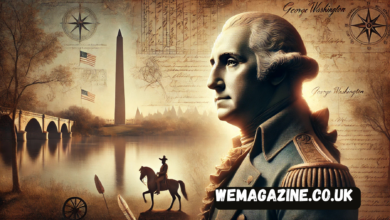What Is the 1922 Committee

Understanding the 1922 Committee: The Quiet Powerhouse of the UK Conservative Party
When it comes to political influence behind closed doors in British politics, few groups are as quietly powerful as the 1922 Committee. Despite its somewhat mysterious name, this committee plays a crucial role in the functioning of the UK’s Conservative Party, particularly in holding leaders accountable and shaping party policy from within.
What Is the 1922 Committee?
The 1922 Committee, often referred to simply as “the ’22”, is a group made up of Conservative backbench Members of Parliament (MPs) in the UK House of Commons. Formed in 1923 (following a key meeting in 1922), its name reflects the pivotal moment when Conservative MPs decided to withdraw from the coalition government with the Liberals, leading to an early general election.
Despite being over a century old, the committee remains highly relevant in today’s political landscape.
Who Are the Members?
Membership in the 1922 Committee is limited to Conservative MPs who do not hold ministerial or frontbench positions. In other words, it’s a platform for backbenchers — those MPs who aren’t in the government but are still important representatives of the party. These members often represent the mood and views of the broader party outside the cabinet.
The committee is chaired by an elected MP — as of recent years, Sir Graham Brady has held the position — and it includes an executive that helps coordinate its work.
What Does the 1922 Committee Actually Do?
One of the most significant powers of the 1922 Committee is its role in leadership matters. Here’s how it works:
1. Leadership Challenges
If 15% of Conservative MPs submit letters of no confidence in the party leader to the committee chair, a leadership vote is triggered. This process has been instrumental in the resignations of several Conservative leaders, including Theresa May and Boris Johnson.
2. Internal Communication
The committee serves as a bridge between the Prime Minister and backbench MPs. Weekly meetings allow backbenchers to express their concerns and opinions directly, without the presence of government ministers.
3. Policy Influence
Although it doesn’t make laws, the 1922 Committee can strongly influence policy direction by showing whether the backbenchers support or oppose certain decisions.
Why Is the 1922 Committee Important?
The power of the 1922 Committee lies in its ability to act as a check on leadership. Because the Prime Minister must maintain the confidence of their own MPs to stay in power, the committee provides a direct route for discontent to be expressed and, if necessary, acted upon.
It also ensures that the views of less high-profile MPs are heard, giving balance to the internal dynamics of the party. In this way, it promotes party unity — or at least open dialogue.
Misconceptions About the 1922 Committee
Many outside Westminster mistakenly believe the 1922 Committee is some kind of shadowy or secretive organization. In reality, it is a formal and well-established part of the parliamentary process, with clear rules and public responsibilities. Its meetings are private, but its role is no mystery to those familiar with UK politics.
The 1922 Committee in Modern Politics
In recent years, the committee has frequently made headlines during turbulent political times — particularly during Brexit and the COVID-19 crisis. Whether it was receiving letters of no confidence or pressuring leaders on policy decisions, the 1922 Committee has proven its continued importance.
Its influence is a reminder that in UK politics, power doesn’t always reside solely with ministers and party leaders. Backbench MPs, through institutions like this, wield real and sometimes decisive influence.
Conclusion
The 1922 Committee is more than just a historical footnote in British politics. It remains a powerful force within the Conservative Party, shaping leadership decisions and reflecting the voice of backbench MPs. For anyone trying to understand how internal party dynamics work — especially during moments of political upheaval — the 1922 Committee is a name worth knowing.
Sure! Here’s an FAQ (Frequently Asked Questions) section to accompany the article on the 1922 Committee. It’s written to be informative, easy to understand, and naturally includes the keyword where appropriate.
FAQs About the 1922 Committee
1. What is the 1922 Committee?
The 1922 Committee is a group of backbench Conservative MPs in the UK Parliament. It plays a key role in internal party matters, including communication between MPs and party leadership and overseeing leadership challenges.
2. Why is it called the 1922 Committee if it was formed in 1923?
The name comes from a crucial meeting in October 1922, when Conservative MPs decided to end their coalition with the Liberal Party. Although the committee officially formed in 1923, it was named after that decisive 1922 moment.
3. Who can be a member of the 1922 Committee?
Only Conservative MPs who do not hold ministerial positions — known as backbenchers — can be members of the 1922 Committee.
4. What power does the 1922 Committee have?
The committee can:
- Trigger a vote of no confidence in the party leader if 15% of MPs submit letters.
- Represent backbench views to the leadership.
- Influence internal party debates and policy direction.
5. How does the 1922 Committee trigger a leadership contest?
If 15% of Conservative MPs submit letters of no confidence in the current party leader to the committee’s chair, a secret ballot is held. If the leader loses, a leadership contest is triggered.
6. Is the 1922 Committee secretive?
While its meetings are private to allow open discussion, the 1922 Committee is a formal and recognized part of the Conservative Party’s structure. Its rules and functions are well-known in UK politics.
7. Has the 1922 Committee ever removed a Prime Minister?
The 1922 Committee has played a major role in leadership challenges that led to the resignation of Prime Ministers such as Theresa May and Boris Johnson, by overseeing the no-confidence process.
8. Does the Prime Minister attend 1922 Committee meetings?
The Prime Minister may occasionally attend to address backbench MPs, but regular weekly meetings are usually held without frontbenchers to encourage open discussion among backbenchers.
9. Who leads the 1922 Committee?
The committee is led by a chair, who is elected by its members. As of recent years, Sir Graham Brady has been the most well-known chair, particularly during leadership crises.
10. Why is the 1922 Committee important today?
In modern UK politics, the 1922 Committee remains a vital mechanism for holding Conservative leaders accountable and ensuring backbench voices are heard — especially during times of political instability.




